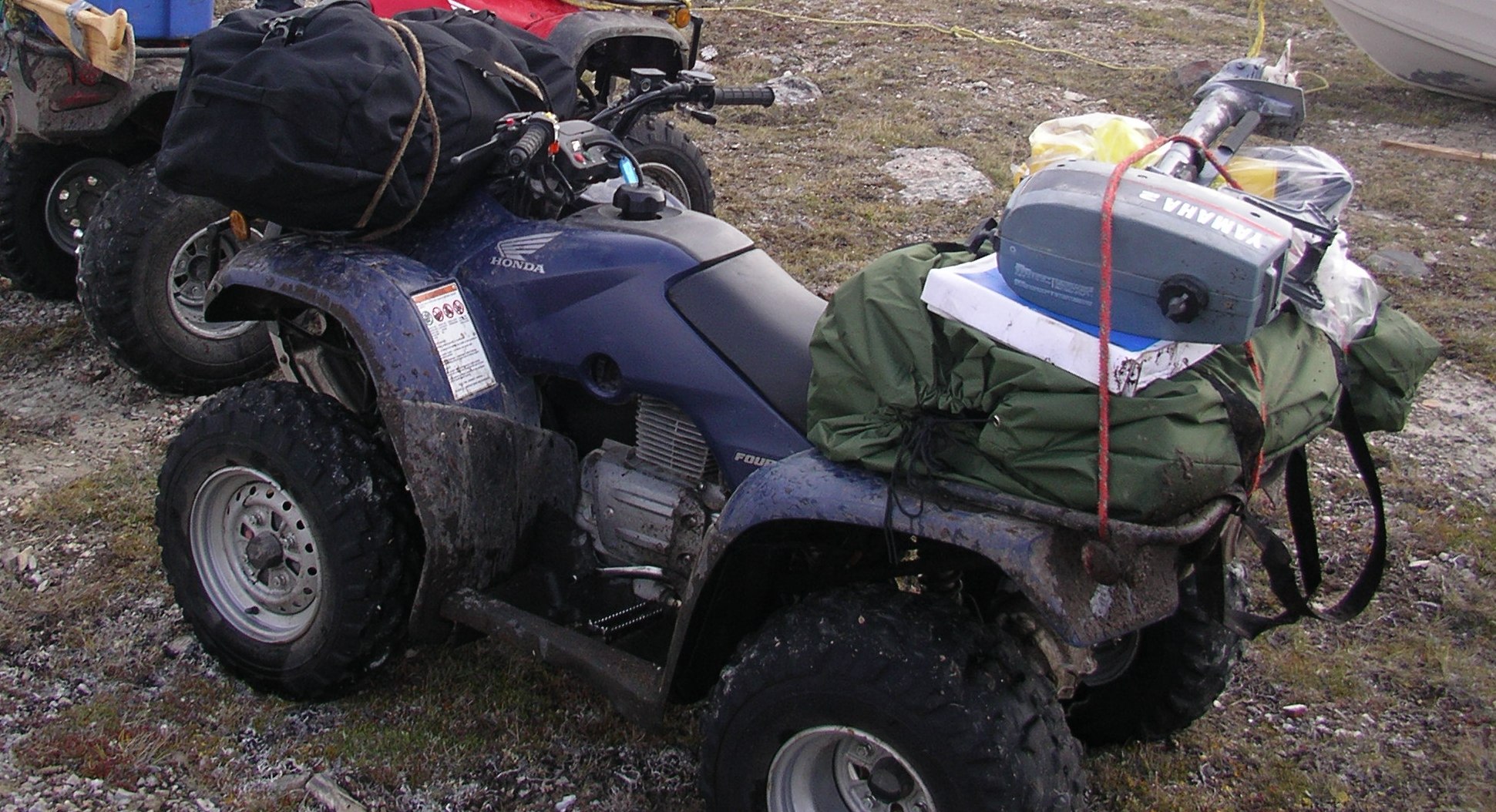Potential Effects from Tourism and Recreation on Aquatic Ecosystems
Tourism and recreation activities can have both direct and indirect effects on aquatic ecosystems. While recreational activities that take place in lakes, streams, wetlands and their riparian areas are most likely to negatively impact the aquatic environment, land-based activities can also impact the environment. Potential impacts of tourism and recreation on aquatic ecosystems include:
Impacts on populations of targeted species, through fishing and hunting. Without compliance with effective regulations, sport-fishing and hunting aquatic animals (e.g., waterfowl) can lead to population declines and can also impact entire ecosystems through changes in predator-prey interactions.
Changes in aquatic habitat due to habitat disturbance and pollution. Off-highway vehicles (OHVs), including all-terrain vehicles (ATVs, or quads), argos, dirt bikes and off-road vehicles, driven through or across streams and other waterbodies can lead to habitat destruction and degradation, including loss of streambank stability and erosion.
Disturbance of wildlife can occur when human activity occurs too close to an animal or its habitat. Spawning and nesting sites are particularly susceptible to damage or disturbance through physical destruction of streambeds and riparian vegetation, and through human noise.
Pollution of aquatic habitats can occur when humans introduce foreign substances into waterbodies. Examples can include dishsoap and “gray water” from camping and hydrocarbon residues from boat motors or OHV engines.
Increased access to remote areas by off-road vehicles can lead to increased pressure on fish or wildlife in previously inaccessible areas. Regulations for managing populations may not adequately protect these resources from increased harvesting pressure.
Increased awareness about aquatic ecosystems, including their fish and animal inhabitants, can be a positive impact resulting from wilderness tourism and recreation. Better management decisions can potentially be made as people become more interested in the wilderness and informed about the challenges of protecting natural resources.
Source: Tim Abercrombie.









